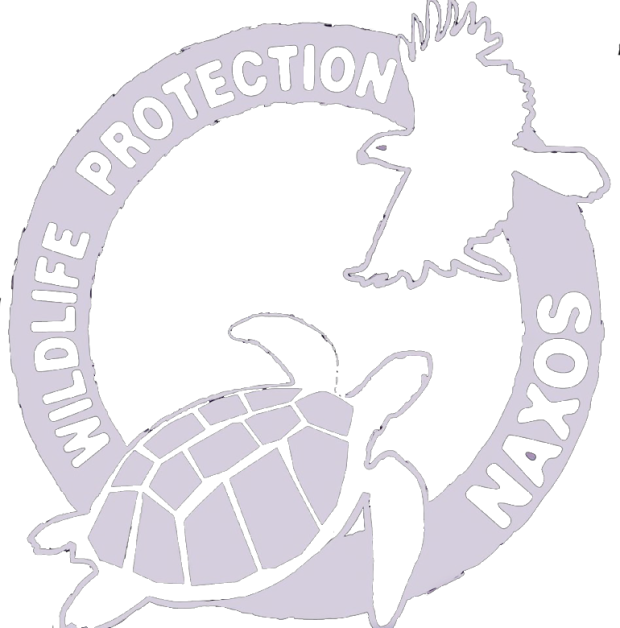
A view over a wetland of Naxos, an oasis for resident and migratory birds.
The island of Naxos is situated in the southern Aegean sea and is the biggest island of the Cyclades covering an area of approximately 430 square kilometers. It is characterized by a Mediterranean climate, 148 kilometers long coastline and the highest point reaches 1004 meters, Mt. Zeus.
Because of its water self-sufficiency and the long mountain range on the east side of the island which ends up to plains on the west, Naxos provides a variety of ecosystems, from dry coastal, to lagoons, to lush vegetation in the central where numerous streams flow. Additionally, the Aegean sea is located on the eastern Mediterranean route of migrating birds and every year, during autumn and spring, when migratory birds fly south-ward and northward respectively, they make a stop on Naxos’s wetlands which are the biggest and richest in the south Aegean sea functioning as a feeding and resting point in their big journey towards or from Africa.


The lush vegetation and cultivated areas of inland Naxos provides a home to numerous resident species of birds of prey, such as the Buzzard (Buteo buteo) and the Barn Owl (Tyto alba) and the bushy, steep mountainous eastern side of the island offer the ideal habitat for the majestic resident Griffon Vultures (Gyps fulvus).
Read more on the wild birds found on Naxos here!

Along the coast, numerous wetlands of all sizes become the perfect nesting and feeding habitats for marine and wading birds, as well as amphibians and insects.
Small mammals, such as hedgehogs, martens, rabbits, hares, many species of bats and rodents can also be found in the wilderness of the island.
The wild fauna of Naxos is also rich of reptiles such as the four-lined snake, geckos, terrapins and lizards.
There are seven Wildlife Refuges around the island, which include the most important wetland with the richest biodiversity on western Naxos, the Lagoon next to the airport, and mountainous areas where the resident Griffon Vultures nest.
Wildlife Refuges are protected areas of natural importance where any human activity that can harm and degrade the natural environment is illegal, such as hunting, unauthorized building, fishing, driving motorized vehicles, even picking up flora.
A great area of the island has also been integrated in the NATURA 2000 network, but unfortunately, until today, no actual management plans exist.
Along the coasts of the island, a rich underwater world exists characterized by rocky reefs, underwater caves and seagrass (Posidonia oceanica) meadows.
The western coastal sea bottom is characterized of shallow depths and patches of seagrass meadows, which become nurseries during the spring and summer months for hundreds species of fish and invertebrates and resting and feeding spots for sea turtles. Due to uncontrollable trawling and anchoring though, these important ecosystems are in decline.

Among the protected species found along the coasts of Naxos are also marine mammals, such as the striped dolphin (Stenella coeruleoabla), the bottlenose dolphin (Tursiops truncatus) and the monk seal (Monachus monachus), and marine reptiles such as the Loggerhead turtle (Caretta caretta) which resides and nests on the island, and the green turtle (Chelonia mydas). Learn more about the sea turtles of Naxos here!
The Association of “Naxos Wildlife Protection” has made it its mission to not only protect and rescue wild animals in need, but also offer them a safe environment. As a result, we inform the public of all species we share this island with, the laws concerning the environment and the Wildlife Refuges and build a cooperative relationship with the authorities in order to ensure the laws are followed and wildlife and their habitats are respected and protected.

